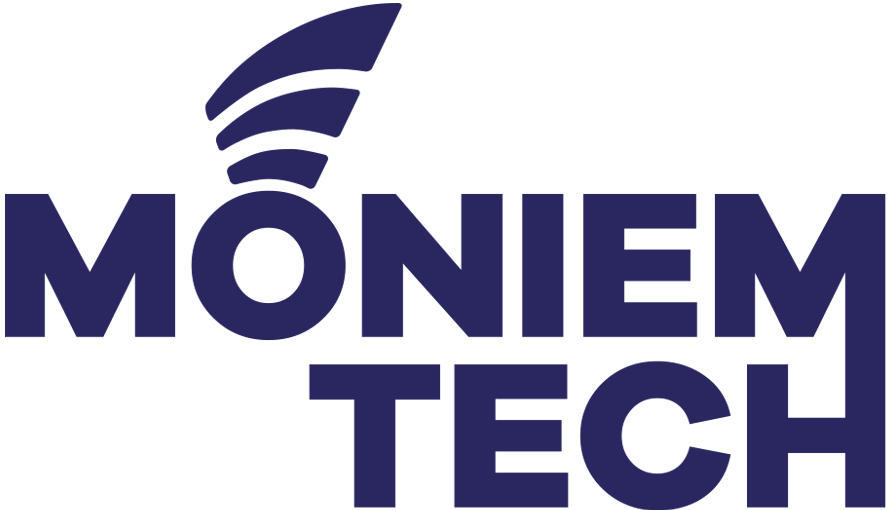In this article, I summarize the top 10 most-read articles in 2023 on my website as below: What are C/U/M/S Fronthaul (FH) Planes in ORAN? https://lnkd.in/d4Ts_kfJ Why 7.2x split is the Best Split Option? https://lnkd.in/dKECHY9W What is The Difference between MORAN and MOCN? https://lnkd.in/gFVqF8hM Everything You Have To Know About PTP or Precision Time Protocol? […]


Open RAN by disaggregation involves CU (Centralized Unit) and DU (Distributed Unit) virtualization. By decoupling hardware and software, Open RAN makes it possible to select different vendors and solutions for hardware and software and to manage their lifecycles separately. More specifically, this makes it possible to use COTS (Commercial off-the-shelf) general-purpose hardware in the RAN and avoid […]

RAN (Radio Access Network) is the main telecommunication network component that is located between the core network and users’ equipment (such as a mobile phone). RAN is constituted of a Radio Unit (RU), which is the antenna visible on top of a cell tower, and a Baseband Unit (BBU), a set of devices linking the […]
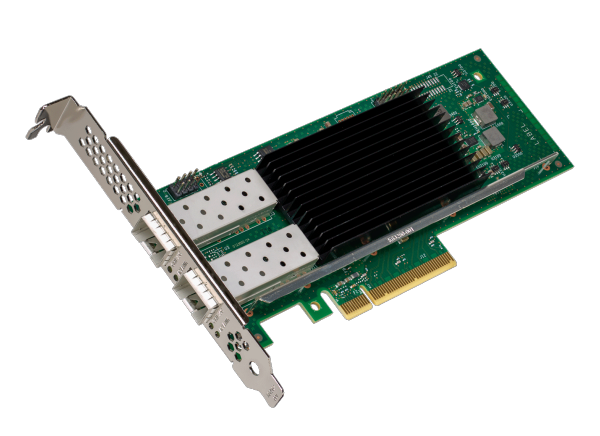
In order to meet the 5G network timing requirements, there is a significant challenge. The challenge is 5G performance requirements driving precise timing needs from cloud to edge. The legacy proprietary solutions rely on high-cost, purpose-built appliances, and specialized network interface cards. 5G deployments demand high timing synchronization across the network and affordable infrastructure costs. […]
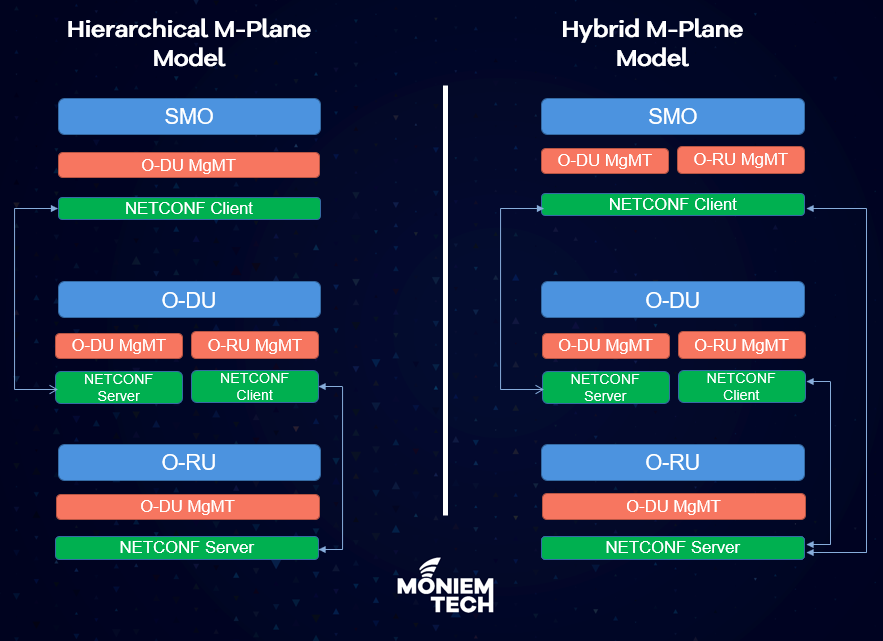
First, to understand the function of the fronthaul M-Plane, let’s remember the Fronthaul Planes, Please read this and continue. What are C/U/M/S Fronthaul (FH) Planes in ORAN ? What is the M-Plane? Management Plane: refers to non-real-time management operations between the O-DU and the O-RU like: Performance Management (PM). Configuration Management (CM). Fault Management (FM). […]

The RAN has been considered the most expensive part of network deployment. RAN consists of around 60-70% of the network Capex. The Open RAN (Open Radio Access Network (RAN) Journey is about changing the mindset and accepting the fact that Open RAN is not a new technology we need to test, however, it’s the future […]

Single Root I/O Virtualization (SR-IOV) is a specification that allows a single Peripheral Component Interconnect Express (PCIe) physical device under a single root port to appear as multiple separate physical devices to the hypervisor or the guest operating system. It is an I/O virtualization solution supported by PCIe device hardware and developed by the standardization organization […]
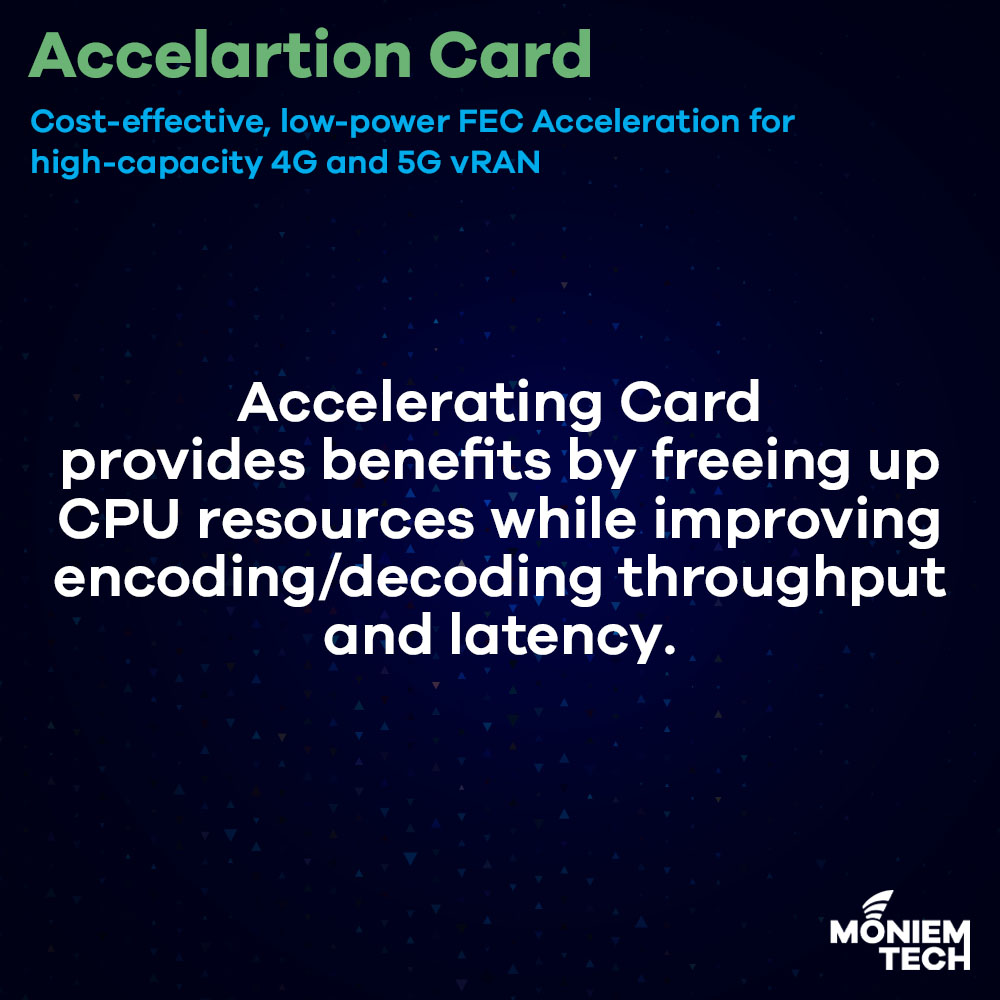
On the road to 4G and 5G, MNO (Mobile Network Operators (MNOs) started to think of vRAN (Virtual RAN) and Open RAN, the main difference between them you can find here. vRAN and Open RAN architectures help for higher channel capacity and easier deployment of edge-based services and applications. vRAN and Open RAN solutions are […]
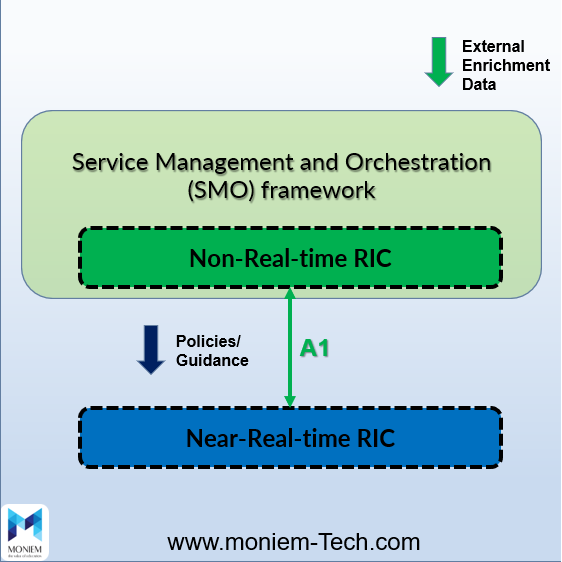
In this article, I’d like to give more focus on a powerful component in the Open Radio Access Network (Open RAN) Architecture that will make an amazing shift in the RAN Automation world. Open radio access networks promise to unlock massive innovation, creating new opportunities for service providers to deliver differentiated services to consumers, businesses, […]
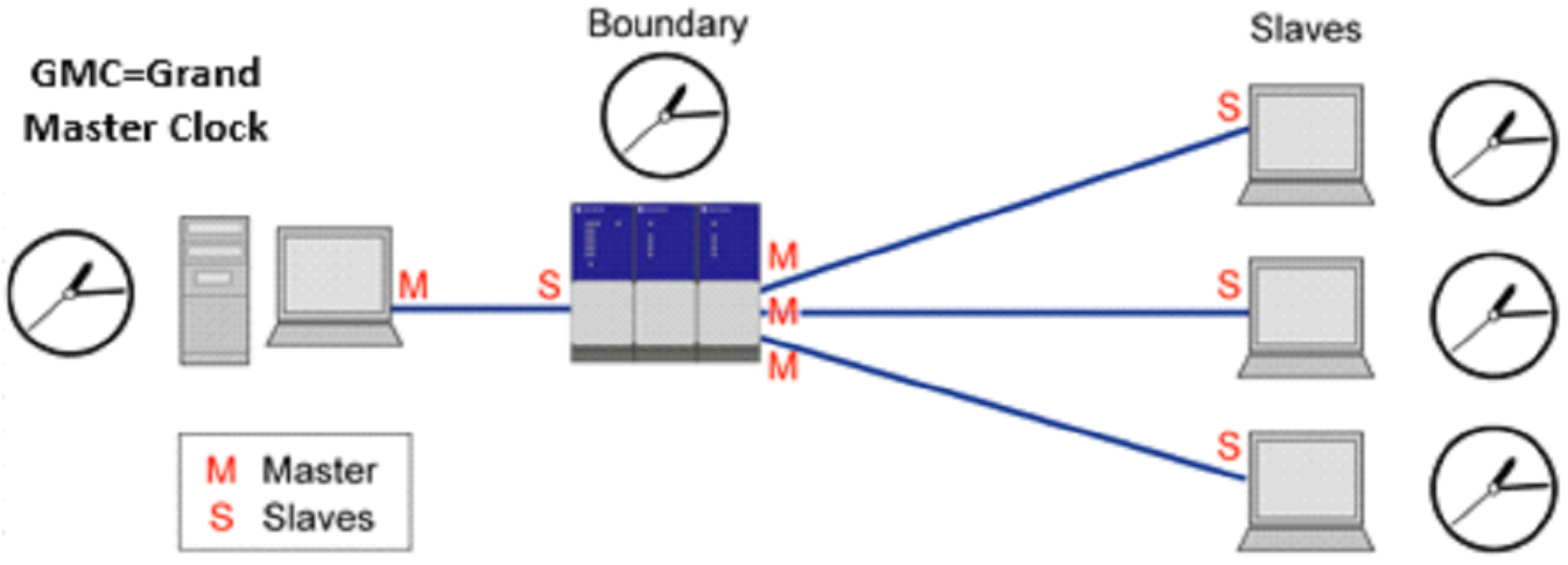
Introduction Several time synchronization mechanisms can be used in a network. The most common standards are Network Time Protocol (NTP) and Precision Time Protocol (PTP). NTP, which is the older, well-known protocol, is currently in its fourth version. NTP was primarily developed to achieve accuracy in the submillisecond range and is widely implemented for network […]
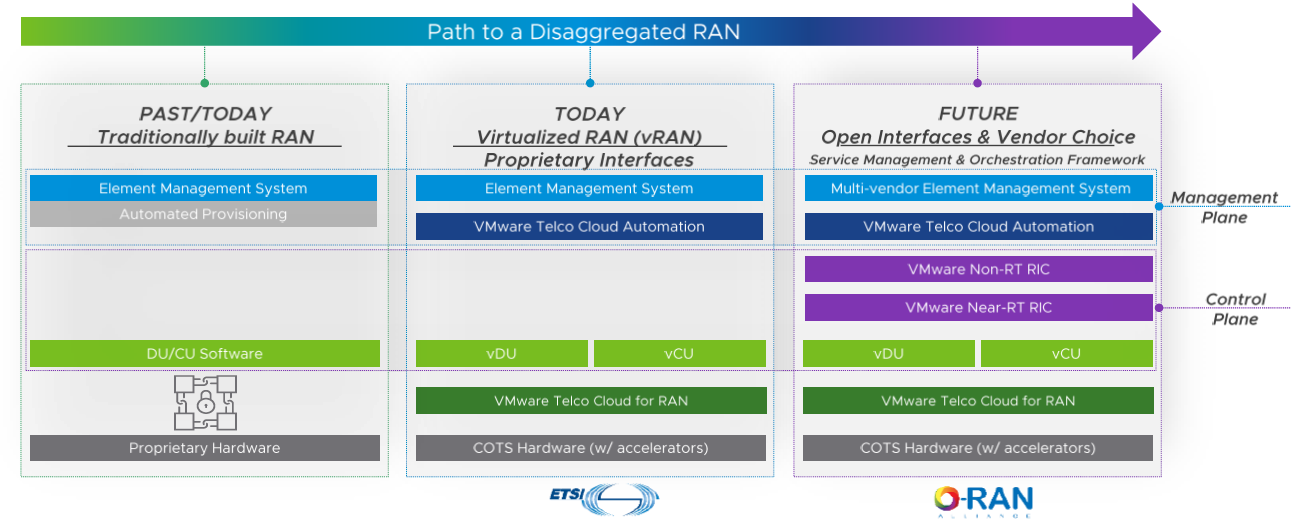
The Road to Open RAN is not easy one, there are a series of steps should be taken before migration or starting design the network architecture based on Open RAN. Either you’re a green field needs to start a new network from scratch or even a brown field and re-think of the open RAN concept, […]
